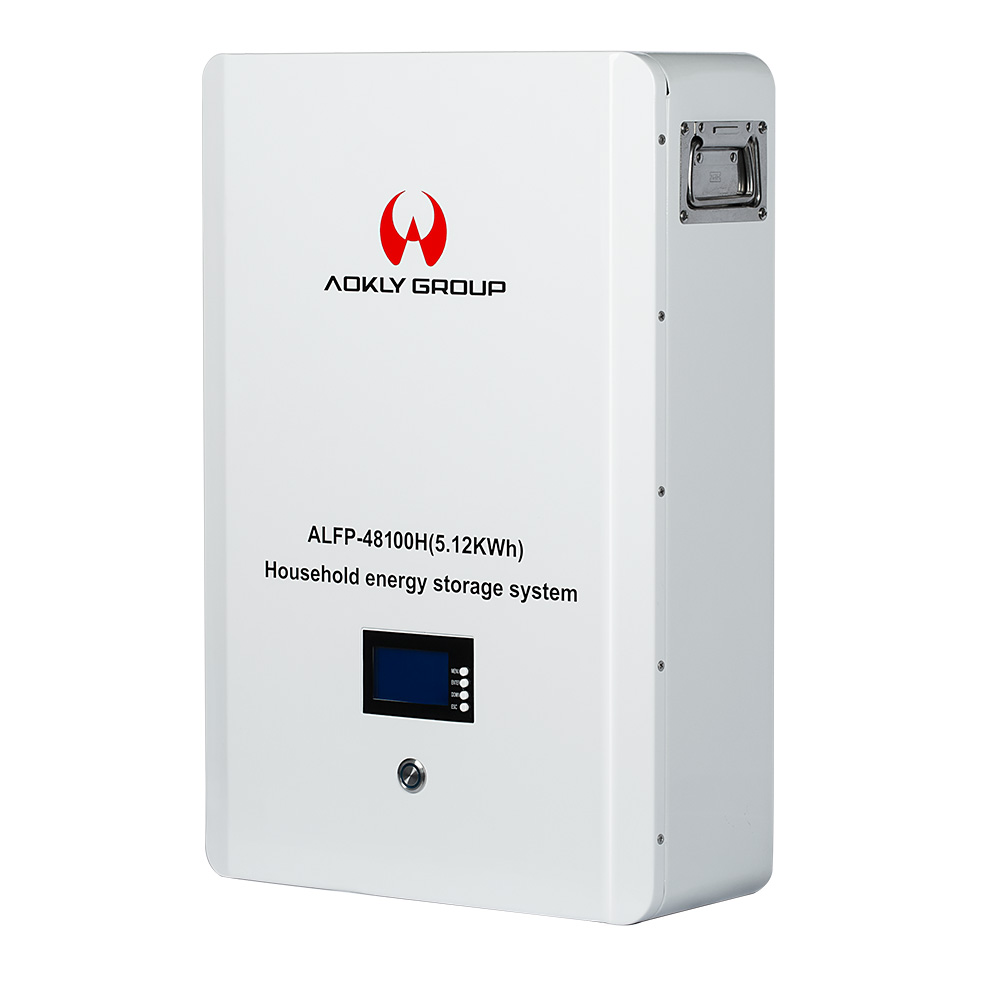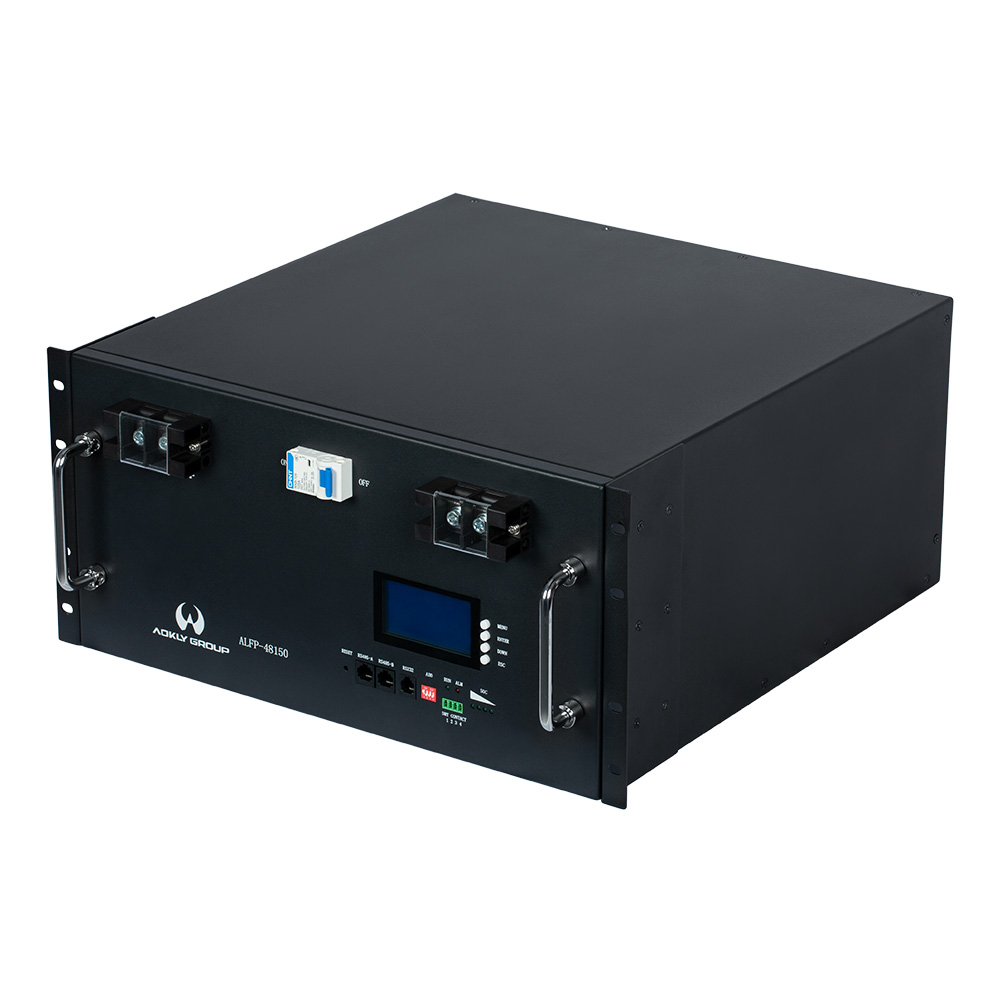In an era where sustainability is not just a choice but a necessity, the demand for green solar energy solutions has surged. Did you know that solar energy is one of the fastest-growing renewable energy sources worldwide? As more businesses and individuals seek to reduce their carbon footprint, understanding the synergy between solar panels and storage battery systems becomes crucial. This article delves into how integrating storage batteries with solar energy systems enhances efficiency and reliability.
Understanding Green Solar Energy Solutions
Green solar energy solutions harness sunlight to generate electricity, providing a clean and renewable power source. These systems typically consist of several components:
- Solar Panels: These are the primary devices that convert sunlight into electricity. They are made up of photovoltaic cells that generate direct current (DC) electricity when exposed to sunlight.
- Inverters: These devices convert the DC electricity generated by solar panels into alternating current (AC) electricity, which is used by most home appliances and fed into the electrical grid.
- Energy Storage Solutions: Storage batteries are integrated into these systems to store excess energy generated during peak sunlight hours for use during periods of low sunlight or high demand.
Benefits Of Adopting Green Solar Energy Solutions
Reduction in Electricity Costs
By producing your own energy, you can significantly lower your utility bills. Many businesses report savings of up to 70% on their energy costs after installing solar systems.
Energy Independence
Generating your own power reduces reliance on traditional energy providers and enhances resilience against price fluctuations. This independence can be particularly beneficial in regions with unstable electricity prices.
Environmental Impact
Utilizing renewable energy contributes to a decrease in greenhouse gas emissions, aligning with global sustainability goals. Transitioning to solar can reduce an organization's carbon footprint by several tons annually.

Household Energy Storage System
The Role of Storage Batteries in Renewable Energy
Storage batteries play a pivotal role in maximizing the effectiveness of green solar energy solutions. They allow for the storage of surplus energy, ensuring that it can be utilized when needed most. Here are some key advantages:
Enhanced Reliability: Storage batteries provide backup power during outages, ensuring continuity of operations for businesses. This reliability is crucial for industries where downtime can lead to significant losses.
Optimized Energy Usage: By storing energy generated during the day, businesses can utilize this power during peak hours when electricity rates are higher. This not only saves money but also reduces strain on the grid during peak times.
Support for Renewable Energy Solution Providers: Companies that offer top-quality renewable energy solutions can enhance their service offerings by integrating advanced storage battery technologies. This integration allows providers to offer comprehensive packages that meet diverse client needs.
Types of Storage Batteries for Solar Energy Systems
When considering storage options for solar energy systems, several types of batteries are available, each with its unique advantages:
Lithium-ion Batteries: Known for their high efficiency, long lifespan (up to 15 years), and compact size, lithium-ion batteries are ideal for residential and commercial applications. They charge quickly and have a high depth-of-discharge (DoD), allowing users to utilize more of the stored energy.
Lead-acid Batteries: While more traditional and generally less expensive upfront, lead-acid batteries have a shorter lifespan (around 5-7 years) and lower DoD compared to lithium-ion options. They can be suitable for smaller installations or budget-conscious projects but may require more frequent replacement.
Flow Batteries: These batteries offer scalability and long cycle life, making them suitable for larger installations or commercial applications. Flow batteries can be charged and discharged simultaneously, making them highly efficient for large-scale energy storage needs.
Selecting the right type of battery depends on specific needs such as capacity, budget, intended use case, and space availability.

Modular Stacked Lithium-Ion Battery
Real-world Applications
Many businesses have successfully integrated green solar energy solutions with storage batteries. For instance:
A manufacturing facility installed a solar panel system paired with lithium-ion batteries, allowing them to store excess energy produced during the day. This setup reduced their reliance on grid power and decreased operational costs significantly while providing backup power during outages.
A commercial building utilized lead-acid batteries in conjunction with its solar panels to ensure uninterrupted power supply during peak hours. This approach enhanced operational efficiency and allowed the building to sell excess power back to the grid during off-peak times.
These examples illustrate how effective integration can lead to substantial cost savings and improved sustainability while providing reliable power solutions.
Conclusion
As the world shifts towards sustainable practices, embracing green solar energy solutions alongside advanced storage battery technologies is imperative. By understanding how these systems work together, businesses can not only reduce their environmental impact but also improve their operational efficiency and cost-effectiveness.
For companies looking to explore custom storage battery solutions tailored to their specific needs, partnering with reputable renewable energy solution providers like Aokly can provide access to innovative products that drive success in the renewable energy landscape.

 EN
EN 




